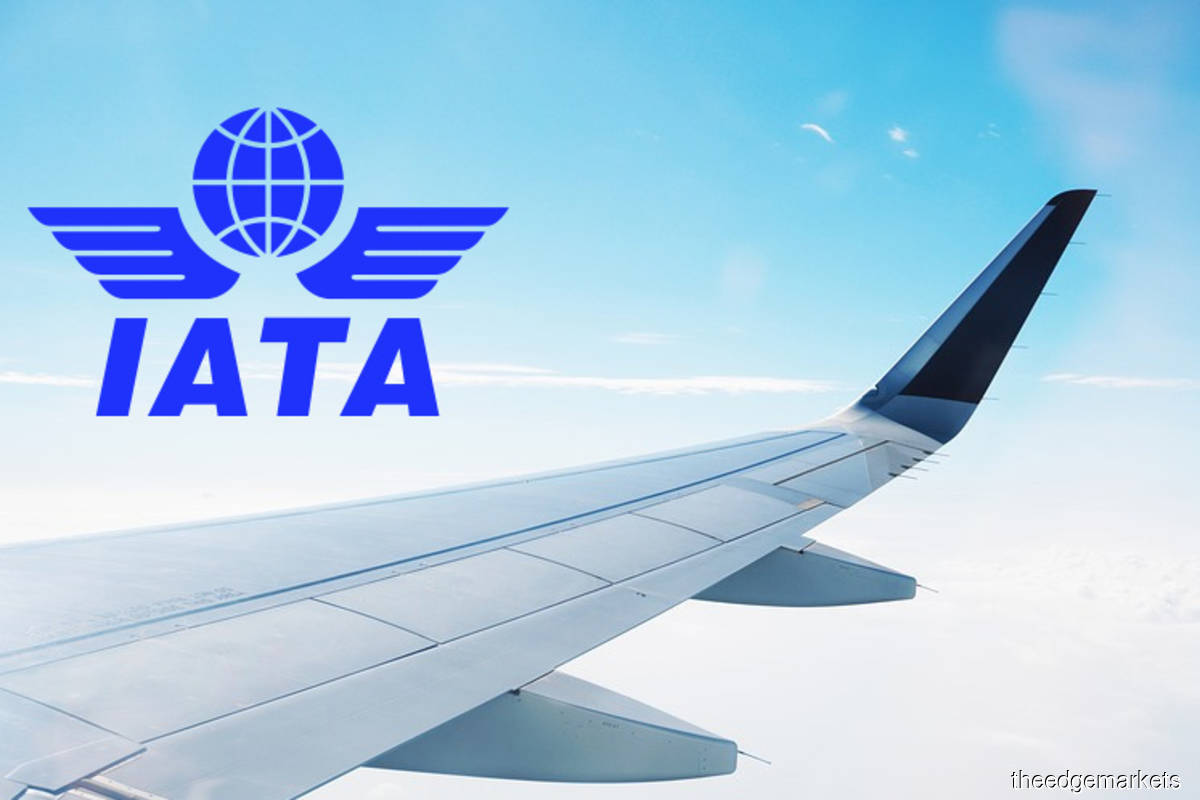Geneva - The International Air Transport Association (IATA) released data for global air cargo markets showing slower growth in November 2021. Supply chain disruptions and capacity constraints impacted demand, despite economic conditions remaining favorable for the sector. As comparisons between 2021 and 2020 monthly results are distorted by the extraordinary impact of COVID-19, unless otherwise noted, all comparisons below are to November 2019 which followed a normal demand pattern.
| |||||||||||||||||||||||||||||||||||||||||||||||||
| |||||||||||||||||||||||||||||||||||||||||||||||||
1 % of industry CTKs in 2020 2 Change in load factor vs 2019 3 Load factor level | |||||||||||||||||||||||||||||||||||||||||||||||||
November Regional Performance
View the Air Cargo Market Analysis for November 2021 (pdf) Tags: IATA |
